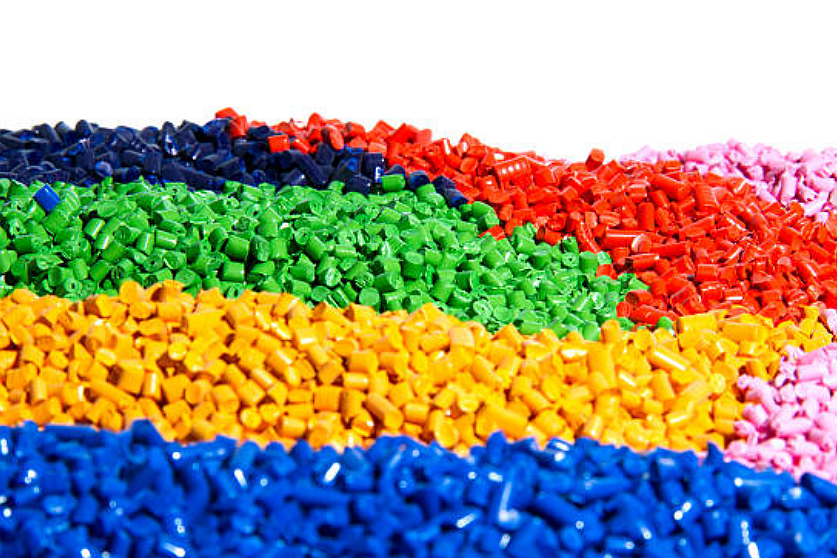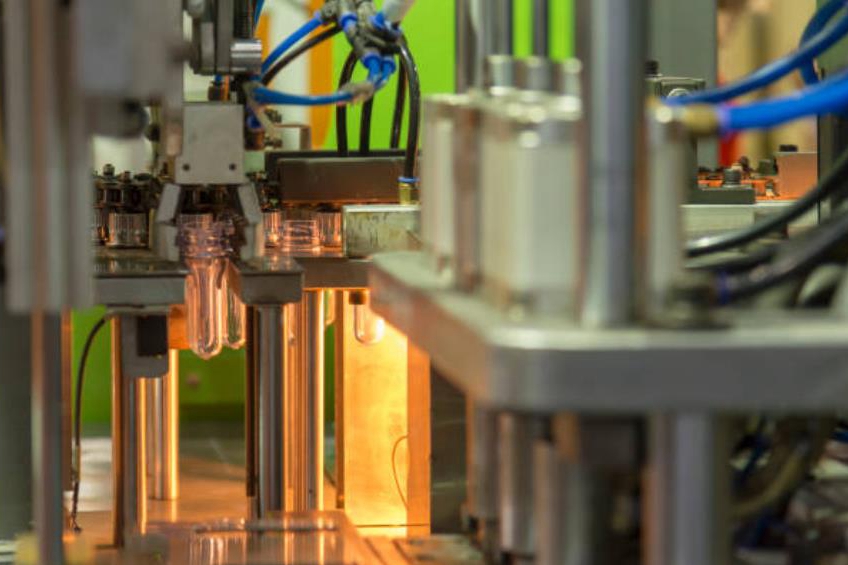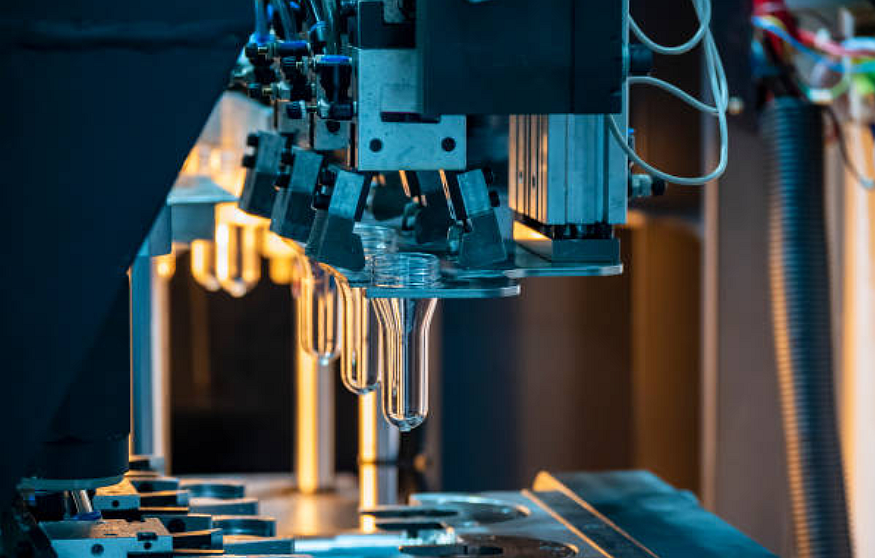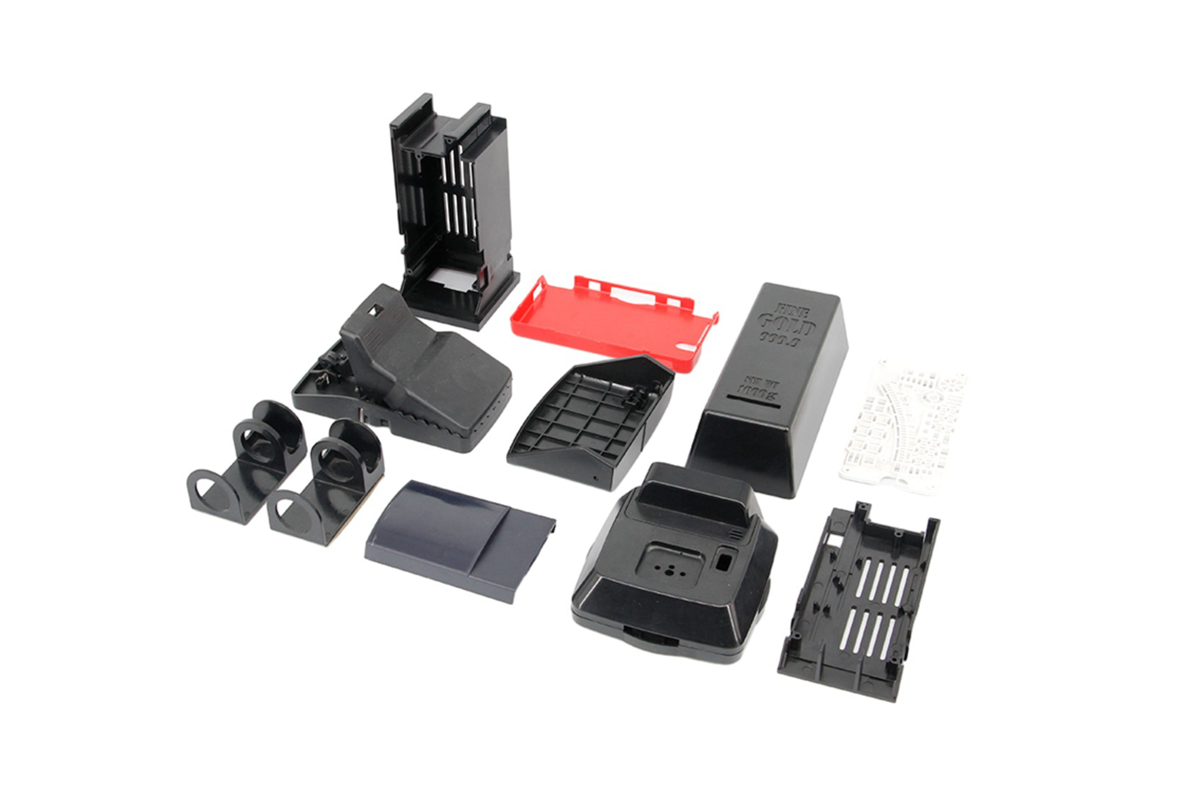What Materials Are Used In Injection Molding?
Plastics and polymers comprise the vast majority of materials used in injection molding. The material is chosen based on the physical and chemical properties required for producing the part. The most commonly used injection molding materials are:

Plastic Classification
Thermoplastics
This plastic material softens when heated and hardens when cooled, allowing it to be repeatedly molded and remolded. Common thermoplastics used are polyethylene, polypropylene, polystyrene, acrylonitrile butadiene styrene (ABS), polyvinyl chloride (PVC), nylon and polyethylene terephthalate (PET). Of these, polyethylene and polypropylene are the most widely used.
Thermosets
Thermosetting plastics only melt and take shape once when initially formed. After they have solidified, They stay solid and cannot be remolded or reheated. Common thermoset materials are epoxy, silicone, polyurethane, and unsaturated polyesters. They provide high heat resistance compared to thermoplastics.
Elastomers
Materials like natural rubber, silicone rubber, neoprene, and nitrile rubber fall under this category. They are flexible and elastic in nature due to their long polymer chains. Vulcanization is done to make raw rubber more durable. Silicone rubber is commonly injection molded.
Representative Material
Polycarbonate
Known for its transparency and impact resistance, polycarbonate is used when clarity, ductility, and temperature resistance up to 140°C is needed. It is commonly used for lenses, medical devices, and automotive parts.
Acrylic
Acrylic plastics are known for optical clarity and resistance to weathering. It serves as a lightweight alternative to glass. Polymethyl methacrylate (PMMA) and polyacrylonitriles (PAN) are common acrylic-based plastics. These are used for lenses, transparent panels, and instrument displays.
Liquid Crystal Polymers
LCPs have high stiffness, heat resistance up to 220°C, and dimensional stability. Products like electrical connectors, precision gears, and parts that replace metal components are made from LCPs.
Polyamides (Nylons)
This versatile engineering plastic has high strength, thermal stability, abrasion/chemical resistance, and low coefficient of friction. Nylon is commonly used for mechanical parts, bearings, gears, and cables.
Acetal (POM)
Also known as polyoxymethylene, it has high rigidity, strength, and creep resistance. POM has low friction and moisture absorption. It is widely used for gears, cams, fasteners, valve parts, and other precision components.
Polyethylene (PE)
Available as HDPE and LDPE, polyethylene has high impact strength, low density, weather/chemical resistance, and is easy to process. It is used for bottles, containers, liners, tubes, and caps.
Polypropylene (PP)
With high fatigue, low density, and chemical/heat resistance, PP is suitable for packaging, appliances, automotive parts, textiles, and laboratory equipment.
Polystyrene (PS)
Polystyrene plastics are economical, highly transparent, and resistant to water/chemicals. PS is used for packaging, disposable cups, trays, vending cups, and clamshell containers.
Polyvinyl Chloride (PVC)
Benefits like corrosion/chemical resistance, durability, low cost, and ease of processing make PVC suitable for pipes, tubes, raincoats, flooring, windows, cables, and bottles.
Other specialty plastics like polysulfones, polyetheretherketone (PEEK), polyphenylene sulfide (PPS), and liquid crystal polymers are also injection molded for highly demanding applications.



